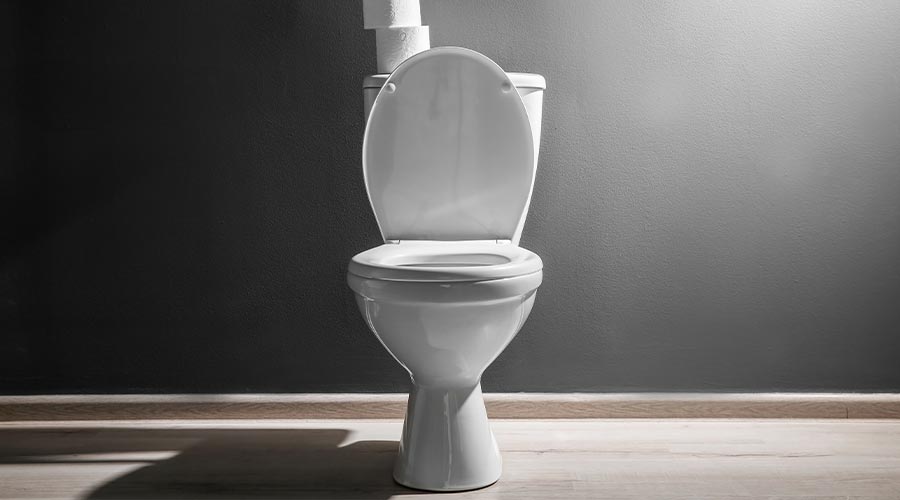
The global toilet seats market size is estimated to grow by $1.43 billion from 2024-2028, according to Technavio. The market is estimated to grow at a compound annual growth rate (CAGR) of almost 6.08 percent, according to research from Technavio. Demand for bio bidets is driving market growth, with a trend towards increase in demand for toilet seat assistive devices. However, maintenance and repair of toilet seats poses a challenge.
Market Drivers
The aging population and individuals with disabilities are driving market growth for toilet seat raisers. Manufacturers are modifying these devices to meet their specific needs, providing relief for caregivers. Japan, with its large elderly population, is a significant market due to government initiatives prioritizing long-term care. In the European Union, an increasing older population and improved healthcare facilities are boosting demand. These factors collectively contribute to the expanding market for assistive toilet seats.
The market is experiencing significant advances with technology and design. Comfort and convenience are key trends. Advanced features include heated seats, bidet functions, and adjustable heights. Materials like plastic, wood, and bamboo are common. The market is growing, with countries like China and India showing increased demand. Advanced technologies like ceramic and self-cleaning seats are gaining popularity. The market is competitive, with companies focusing on innovation and consumer preferences. The market is expected to reach 100 percent growth by 2025. The future of the Toilet Seats market is promising, with a focus on eco-friendly and sustainable options.
Market Challenges
The toilet seats market encompasses both electronic and conventional options. Electronic seats necessitate careful handling during installation due to delicate electronics and electrical wires. Frozen water and prolonged non-use can also cause damage. Warm-up and bidet cleaning take additional time. Batteries require annual replacement. Conventional seats require mild detergent for cleaning to preserve their finish. Improper maintenance can lead to hinge finish peeling and seat corrosion. Bumpers and hinges are integral parts, installed with special tools during manufacturing.
The market faces additional challenges as well. Disposable toilet seats are gaining popularity due to their convenience, but their environmental impact is a concern. Durability is another challenge, as some seats may crack or break over time. Comfort is also essential, with consumers seeking seats that are easy to clean and provide adequate support. The cost of manufacturing and shipping toilet seats from countries like China and India adds to the complexity of the market. Additionally, the rise of smart technology in bathroom fixtures presents opportunities and challenges for toilet seat manufacturers. Ensuring compatibility with various smart devices and maintaining a competitive price point are key considerations. Overall, the toilet seats market requires innovative solutions to address these challenges and meet consumer demands.
Read up on more trends here.

 The Down and Dirty on Cleaning in Virus Season
The Down and Dirty on Cleaning in Virus Season How Surfactant Use is Expanding in Commercial Cleaning
How Surfactant Use is Expanding in Commercial Cleaning